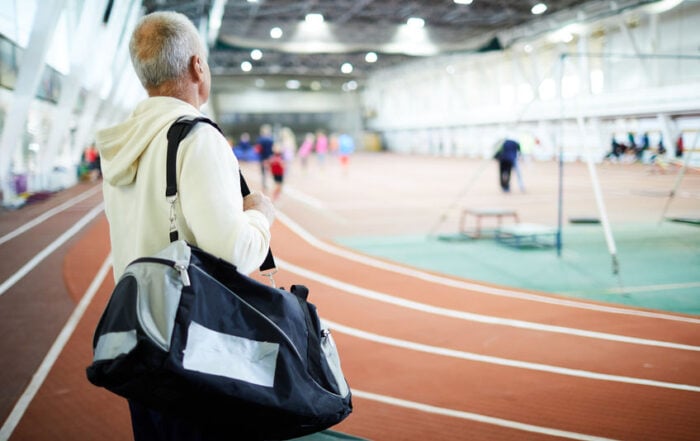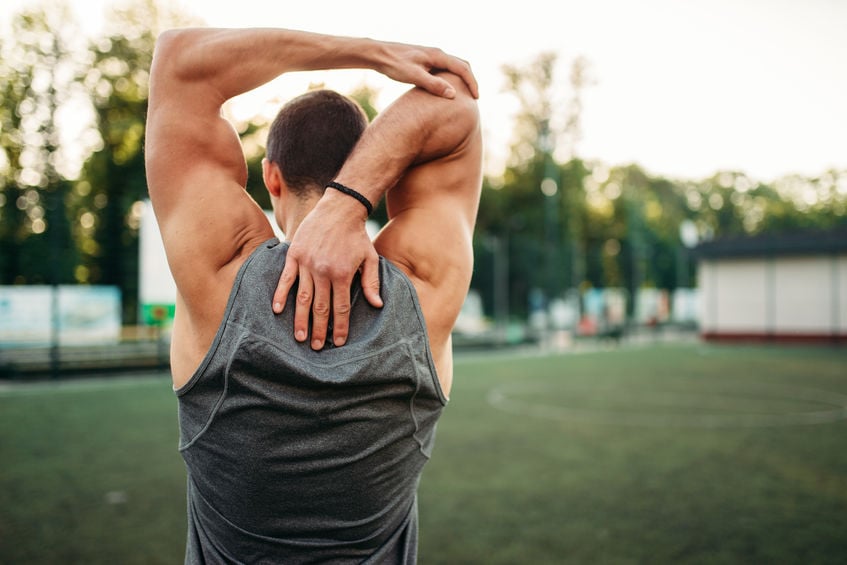Navigating Severe Ulnar Neuropathy
The ulnar nerve is a large nerve that travels down the shoulder to the forearm, wrist, and hand. Sometimes, this nerve becomes inflamed, known as ulnar neuropathy or nerve dysfunction. There are several causes of ulnar neuropathy, but arthritis and pressure at the elbow joint are the most common reasons. The ulnar nerve passes through the ulnar tunnel, located between the medial epicondyle and the olecranon. Inflammation causes the nerve to become pinched, leading to nerve pain. In severe cases, ulnar nerve transposition is necessary. After surgery, recovery will require therapy.

Signs and symptoms
Most patients with ulnar dysfunction will experience pain at the elbow. The pain may spread to the underside of the forearm, pinkie finger, and ring finger. Nerve pain and tingling also occur, especially when bending the elbow. Severe cases lead to reduced grip strength, shoulder pain, neck pain, and sharp stinging pain. Most patients benefit from non-surgical treatment like anti-inflammatory medication, steroid injections, splinting, and temperature therapy. However, severe cases can benefit from transposition.
Time for ulnar nerve transposition
Surgery aims to relocate the nerve so there is no more impingement or pressure. For some patients, the nerve can snap in and out of the joint when the elbow bends, causing more irritation. The surgery starts with anesthesia and an incision on the medial epicondyle. The nerve is located and moved from the groove to the top of the forearm. The surgeon will place the nerve under or on top of the muscle. The incisions are closed, and the elbow is placed in a cast to maintain an angle that allows healing. After 2 weeks, the cast is removed, and physical therapy begins.
Recovery with physical therapy
Moving the nerve will reduce irritation due to the elbow's natural movement. Yet, work must be done to restore range of motion (ROM) and strength while reducing swelling. Physical therapy starts with simple exercises to regain strength in the fingers and hand. The therapist may provide tools like a spongy ball to increase resistance over time. Wrist curls and extensions, often with a small weight, will help improve strength in the forearm. Other simple exercises will target the triceps and continue for up to 2 months. These exercises may happen several times per day based on the physical therapist's recommendations.
Common physical therapy practices
On average, patients should see the full effects of surgery after 3 months. Wait at least 3-4 weeks before driving or performing light activities. This same timeframe will help with recovery for desk work, while physical work will require twice as long. Patients should also focus on staying hydrated, eating a healthy diet, and getting sufficient sleep. These can speed up recovery and boost energy levels. Make sure to follow the at-home exercises to maximize the results of therapy.
Release the pressure
Placing repetitive stress on the ulnar nerve is likely to lead to neuropathy. Throwing sports, weightlifting, and physical work are common triggers. Arthritis and carpal tunnel syndrome patients also may cause ulnar nerve pain. The surgery safely moves the nerve, but some rest and therapy are still required. Follow the therapist's instructions, get sufficient rest, and the elbow will be good as new.
Can Lower Back Pain Return After Spinal Surgery? 3 Lifestyle Changes To Get The Most Out Of Fusion
Minnesota Valley Valley Center2024-04-02T14:49:38-05:00April 15th, 2024|
Spinal surgery is an excellent solution for lower back pain, but symptoms can return. With lifestyle changes, patients can get the most out of fusion.
A New Lease On Life: Exploring How Robotic Total Joint Replacement Can Get You Active Again
Minnesota Valley Valley Center2024-03-24T17:38:47-05:00March 29th, 2024|
Robotic total joint replacement uses a robotic arm to replace the joint. This innovative approach allows a quick return to activities.
Restoring Dexterity: How Outpatient Carpal Tunnel Surgery Can Change Your Life
Minnesota Valley Valley Center2024-03-24T17:38:37-05:00March 15th, 2024|
After months of wrist and hand pain, carpal tunnel surgery may be needed. With outpatient options, restored dexterity with less pain and discomfort is possible.
More Articles from MVSC
April 15, 2024
Spinal surgery is an excellent solution for lower back pain, but symptoms can return. With lifestyle changes, patients can get the most out of fusion.
February 29, 2024
Rotator cuff tears can severely limit shoulder mobility. Surgery can relieve pain and improve mobility, allowing patients better reach.
January 15, 2024
Spinal conditions in the lower back may require a procedure called laminectomy. With MIS, patients have higher success rates.
December 21, 2023
Clavicle fractures are often treated non-surgically. The location and degree of damage can indicate whether collarbone surgery is needed.










